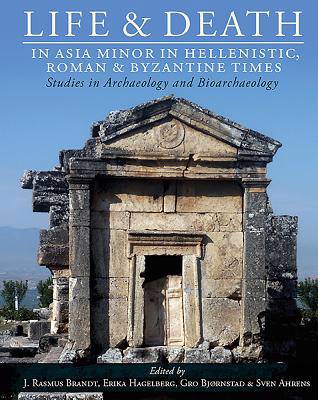
- Afhalen na 1 uur in een winkel met voorraad
- Gratis thuislevering in België vanaf € 30
- Ruim aanbod met 7 miljoen producten
- Afhalen na 1 uur in een winkel met voorraad
- Gratis thuislevering in België vanaf € 30
- Ruim aanbod met 7 miljoen producten
Zoeken
Life and Death in Asia Minor in Hellenistic, Roman and Byzantine Times
Studies in Archaeology and Bioarchaeology
€ 114,45
+ 228 punten
Omschrijving
Twenty papers combining archaeology and bioarchaeology to give a sophisticated picture of life and death in Asia Minor from ca. 200 BC – to AD 1300.
Specificaties
Betrokkenen
- Uitgeverij:
Inhoud
- Aantal bladzijden:
- 432
- Reeks:
Eigenschappen
- Productcode (EAN):
- 9781785703591
- Verschijningsdatum:
- 31/01/2017
- Uitvoering:
- Hardcover
- Afmetingen:
- 290 mm x 226 mm
- Gewicht:
- 1622 g

Alleen bij Standaard Boekhandel
+ 228 punten op je klantenkaart van Standaard Boekhandel
Beoordelingen
We publiceren alleen reviews die voldoen aan de voorwaarden voor reviews. Bekijk onze voorwaarden voor reviews.







